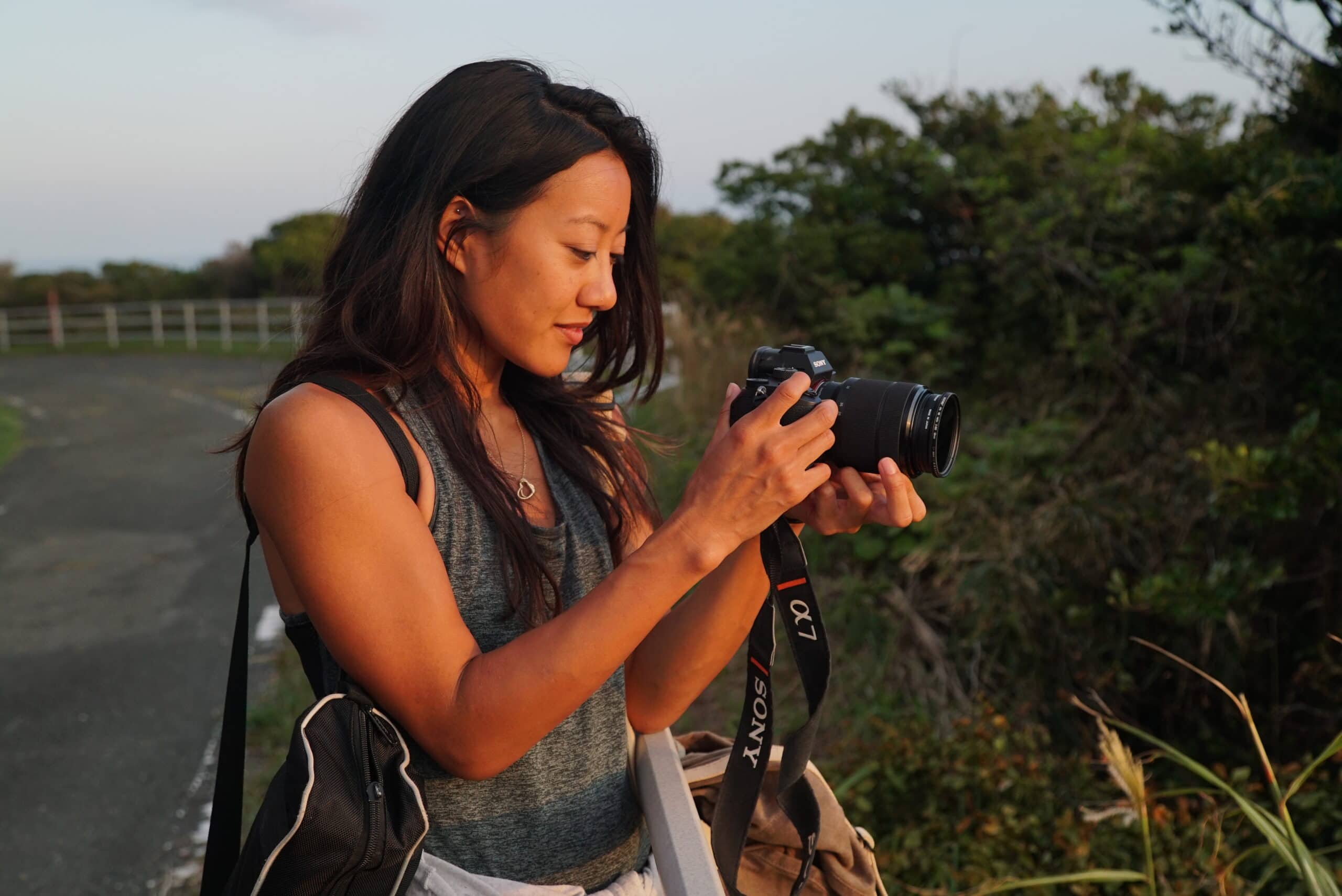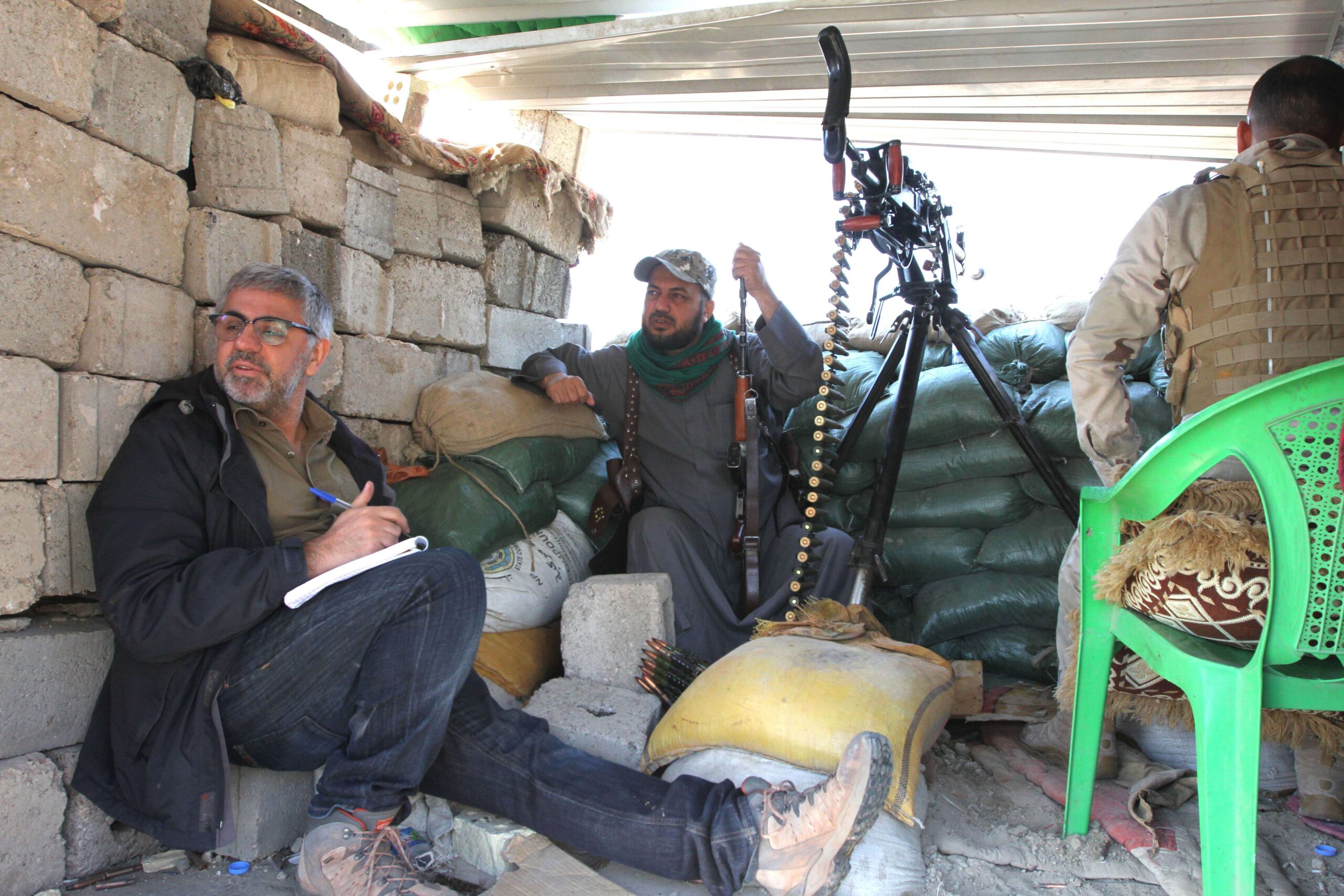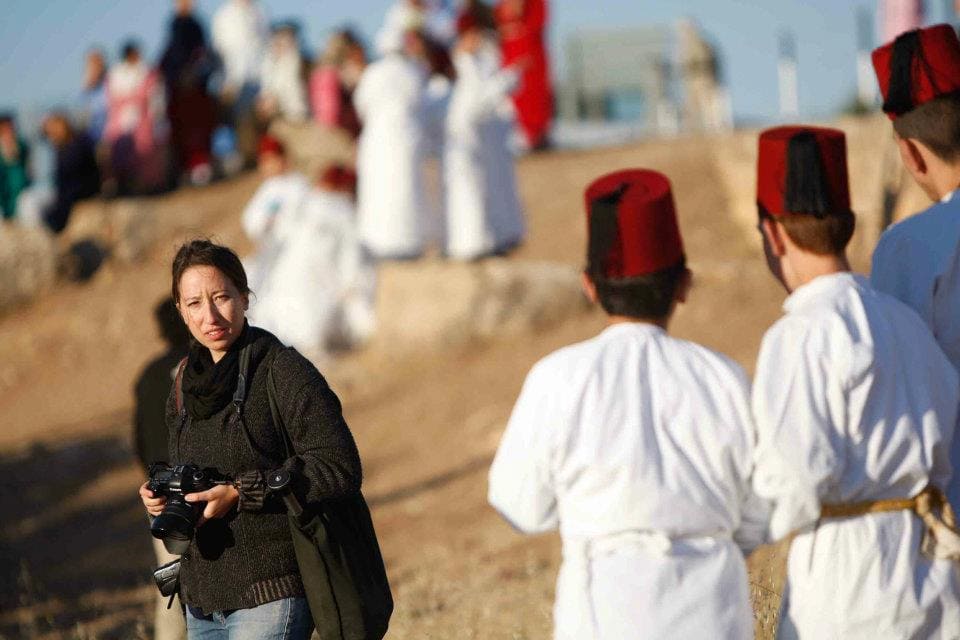I was talking to a photojournalist friend this week, and we were discussing how lockdowns in various places are being lifted and the growing expectation of a return to some semblance of “normality” – all while the coronavirus pandemic continues to severely affect many communities in which we may find ourselves working.
So after that conversation, I thought I would answer some questions that we talked about concerning fieldwork safety during the pandemic – and so here we are. Don’t forget, if you are a storyteller and are out there working, and have any extra ideas or thoughts on this, get in touch via Twitter, in my Master Visual Storytelling community or Instagram, and I’ll keep this list updated. This also goes for editors and managers as well who are commissioning people to go out in the field. Any added suggestions will be very welcome!
What do photographers need to know about working in the field right now?
It’s a question of what you are comfortable with, and knowing how you are going to affect the people around you and your subjects.
We all need to figure this out on our own, but it’s hard as freelancers or small business owners to balance what you need to do to make a living versus what you can do – all the while not putting those around you at added risk.
I think we just have to be comfortable with each decision as it comes up. Ask yourself: What are your “no-goes”? What are you ok with? And then know that those things might change and try to be comfortable with that flexibility.
Would any special equipment help?
There is a full range of PPE available to you. How much you want to use, and how much you want to spend, is up to you. Use an N95 face mask (if you can get them), and always have more than one on you in case it breaks. As for gloves, nitrile rubber is less likely to break than other disposable materials, but be aware of the risks of cross-contamination after touching lots of surfaces, and be sure to change them frequently. Shooting pictures with a camera means a face shield probably isn’t practical, though if you’re a videographer, it may be something to consider.
A full PPE gown is likely to be too hot, and might rip when used outdoors, but could be considered when working in an enclosed environment such as a home or clinic. Also for indoor shoots, consider using plastic shoe coverings or booties.
Having loads of PPE is great, but making sure you have a lot of disinfectant supplies – particularly spray bottles of disinfectant and wipes – is important too. Make sure to have a change of clothes ready when you get home, so you can change immediately out of what you’ve been working in. And remember that during the summer months, wearing protective gear is going to be hot, so be sure to carry the extra water you’ll need to avoid dehydration.
And wipe down all your gear with disinfectant when you get home.
I haven’t got much of a budget to buy new kit, what can I repurpose?
I’d start by seeing how you can use your longer lenses now. Many people don’t like long lenses and they sit in the closet collecting dust, but now is a good time to think about honing those skills. Also using a tripod that you probably don’t use a lot, and taking pictures or videos remotely is another good idea.
Are there any considerations that sound or video people need to think about that are different to photographers?
So again, using longer lenses and tripods is a good way to think about social distancing. You can set up sound equipment on a stand or a tripod, and the same with video. Outdoor environments are definitely going to be important, so video folks might like to think about a portable light if there is too much contrast.
Aside from what different kit should I be taking, what actions should I be doing differently?
You should be having an upfront conversation with your clients and editors about what you and they feel comfortable with you doing. That is key, so that expectations are managed. Also talking to your subjects about their levels of comfort and making sure you put the health of your subjects first and foremost – so consider places where you can do your shoots outside.
How do I deal with other people not taking the same precautions as me?
That’s a tough one. If you’re not coming into close contact with them, then you need to just do what you can do, and you can’t change their behavior. If they are people that you need to deal with for an assignment, then it’s important that you have that conversation up front and see how you can manage to work together.
Just be respectful and be honest with your concerns. But if you can’t figure out a good way to work together, then talk to the person that hired you – or their boss – to see what the best way forward is.
When is it reasonable to walk away from a job due to safety concerns?
When you have safety concerns either for you or the subject don’t be afraid to change course. I’d say ‘walk away’ is the wrong phrase as that implies you just throw up your hands and leave. As a professional, you’re going to do everything in your power to finish the assignment, but to do it safely. If you can’t, then that’s why having an ongoing dialogue with your client/editor is always the best idea. That way, if things come up you can discuss it with them immediately and figure out what to do next. Then if you decide you can’t do it, it’s not a surprise and they will be apart of the decision to leave.
How can I help other people I meet working in the field?
I always offer hand sanitizer when I meet people – even if I’m not touching them – and ask them if they have any tips for how they’ve been working effectively.
That typically opens a conversation in which we can share advice. Also just asking how they are doing is important – everyone is going through this pandemic and some people have been more affected than others. So just checking in and giving emotional support is worth a lot.
Here are some resources for Visual Storytellers that I have found helpful:
https://www.everydayprojects.org/covid19-guide-for-visual-journalists
https://ijnet.org/en/story/safety-protocols-covering-covid-19-aim-protect-freelancers



